Surprisingly, around 20.3 million birds are kept as pets across the US, making them the 4th most beloved pet after dogs, cats, and fishes! However, few pet owners truly understand how to effectively guide their bird’s behavior. Most rely on human-centric disciplinary methods that can harm bird psychology or strain the human-pet bond.
At the heart of good bird behavior is positive reinforcement: a gentle, respect-filled training method. Contrary to popular belief, effective discipline is less about punishment and more about promoting desirable behavior. Whether it’s reducing noise, preventing the bird from biting, or instilling good toilet habits, it’s about encouraging the behaviors we want to see more of.
Discipline begins with an understanding of bird behavior. It requires learning their language and communication signals. Birds, like humans, are intelligent and emotional creatures. They need to trust their human caretakers – it’s about trust building. Only then can you shape their behavior without creating fear or misunderstanding.
Framing discipline as guidance also involves creating a reward system. Birds, being intelligent creatures, respond well to incentives. Physical punishment or shouting won’t work – instead, something as simple as a favorite treat or a little extra playtime can encourage your bird to show good behavior.
Embarking on this journey isn’t just about having a well-behaved bird. It’s also a wonderful opportunity to build a strong, respectful, and loving bond with your feathered friend.
Understanding Bird Behavior and Disciplinary Needs
When we delve into the world of pet birds, it’s vital to comprehend their natural behaviors and instincts. This understanding not only enriches our experience as pet owners but also lays the foundation for effective bird training.
Consider this, just like us humans, every action of a bird is rooted in instinct, emotion, or need. By observing and understanding these behaviors, we are better equipped to shape them in a manner that is conducive to a harmonious cohabiting scenario.
For instance, if we spot a bird regularly engaging in destructive behavior, such as plucking its feathers, we can infer that it may be under stress or bored. Here’s where the role of enrichment comes into play. By modifying the bird’s environment with stimulating toys or interactive playtimes, we can redirect this behavioral energy towards more positive and constructive outcomes.
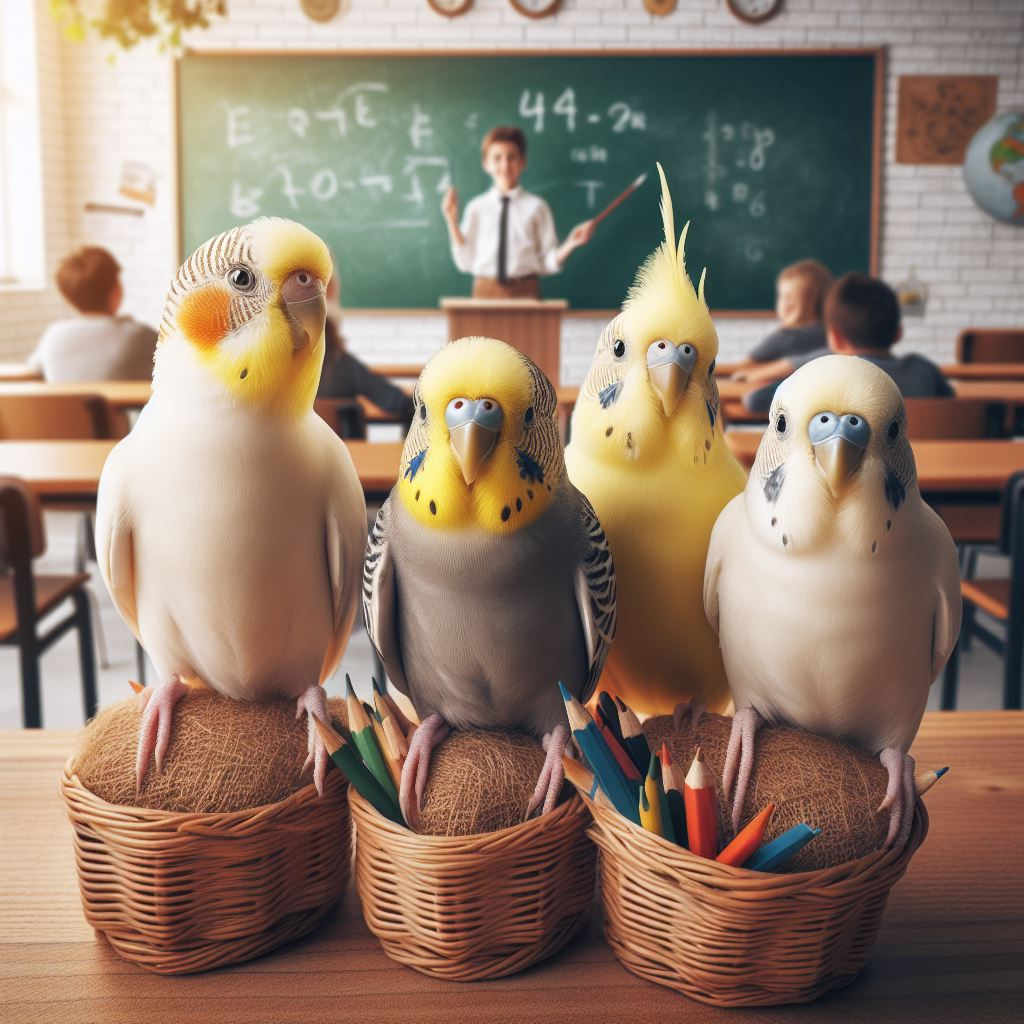
A successful journey in bird training is rarely straightforward. It is often punctuated with hiccups that require mindful problem-solving. How do we address a sudden bout of aggression? What measures can be taken when a usually lively bird becomes reclusive? All such issues can be managed with a steady understanding of bird behavior, a keen eye for change, and patience.
Lastly, one cannot stress enough the link between bird behavior, disciplinary needs, and bird health. A bird that is well-cared-for, engaged, and mentally stimulated will naturally be healthier. Conversely, stressful situations and health issues can lead to behavioral changes. Therefore, as bird parents, a pivotal part of our job is to ensure not just the physical well-being of our feathered friends but their mental health as well.
In conclusion, nurturing a pet bird is a beautiful journey of learning, understanding, and shared companionship. By understanding bird communication, shaping their behavior positively, and providing them with rich enrichment, we can ensure their optimal health while making the journey enjoyable and rewarding for ourselves.
Establishing a Trusting Relationship with Your Bird
A foundation built on trust is the essence of any nourishing relationship, and this truth extends to our feathered friends as well. Birds are known for their proportionately large brains and the complex emotions they can exhibit, making trust-building especially vital cohabitation.
Birds are adept at picking up on environmental changes and can tune into human emotions, adding further weight to the need for a strong bond based on mutual trust. Below, we’ll delve into some essential techniques for cultivating this trusting relationship with your bird.
The cornerstone of this relationship is bonding. Simply spending time with your bird can go a long way in building this bond. This time can include interactive play, talking to your bird, or even simply doing work or participating in leisure activities nearby.
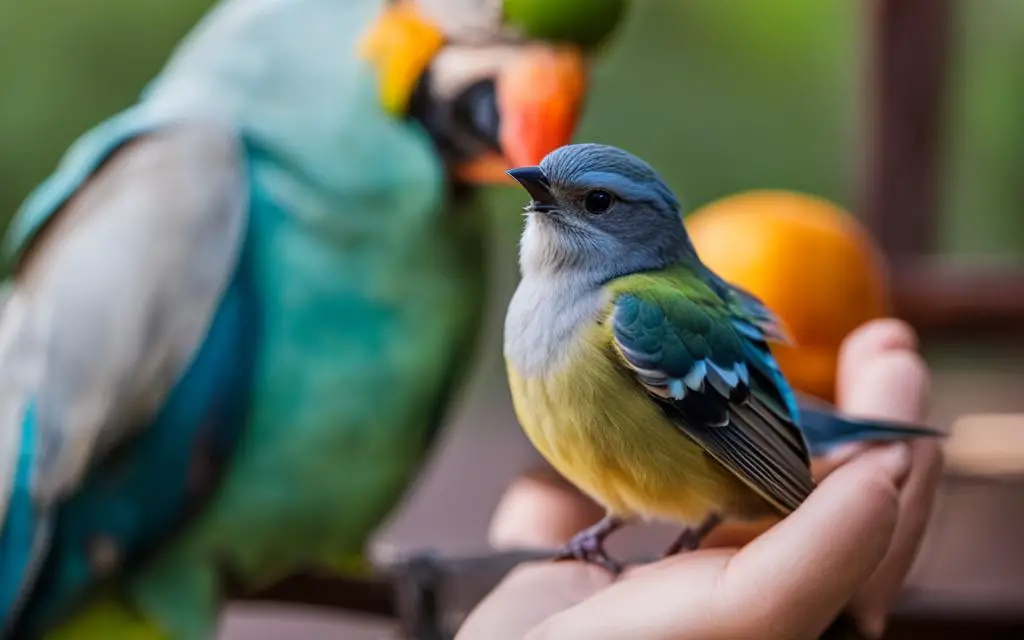
In the journey of fostering trust, understanding your bird’s unique communication cues and body language is paramount. Showing a positive response to your bird’s communication attempts can significantly aid in developing trust. This could involve returning their affectionate gestures or responding to their calls and signals of distress or comfort. Soon, you’ll find yourself well-versed in their language, allowing for a mutually beneficial and rewarding relationship.
Respecting and responding to a bird’s body language is equally significant. Birds use a variety of physical cues to express their moods, desires, and concerns. Learning to interpret these cues is crucial to maintaining a nurturing environment and ensuring your bird feels understood and valued.
Above all, patience is your ally in building a relationship of trust with your bird. It may take time for your bird to fully open up and exhibit signs of trust. However, the patience, understanding, and mutual respect you display in the process will certainly help sow the seeds for a beautiful and lasting bond.
The Importance of Positive Reinforcement
If you’re hoping to achieve success in parrot care, you can’t underestimate the power of positive reinforcement. It’s one of the most crucial components of any effective bird training regimen. In this section, we’ll delve into this methodology, discuss its psychological basis, and highlight its effectiveness in managing desired behaviors. We’ll also suggest some tangible positive reinforcers you can use, like treats or praise. Finally, we’ll touch upon the value of celebrating each small success to promote the shaping of complex behaviors in your bird. Let’s explore.
Defining Positive Reinforcement in Bird Training
When it comes to bird training, positive reinforcement is a method where a rewarding stimulus (such as a treat or praise) is provided immediately after your bird exhibits a desirable behavior. This association encourages the bird to repeat the behavior, forming the basis of effective bird training routines. Positive reinforcement isn’t just about using treats or praise. It involves understanding your bird’s preferences and being timely in your response to reinforce the good behavior.
Examples of Positive Reinforcers for Birds
Positive reinforcers can be anything that your bird enjoys and motivates them to behave in the desired way. For instance, favorite treats, praise, petting, or even a few minutes of playtime can serve as positive reinforcers. Increasing opportunities for necessary bird behaviors, such as foraging and exploration, are also great reinforcers. The key here is variety. Use a range of positive reinforcers to ensure your bird doesn’t lose interest over time.
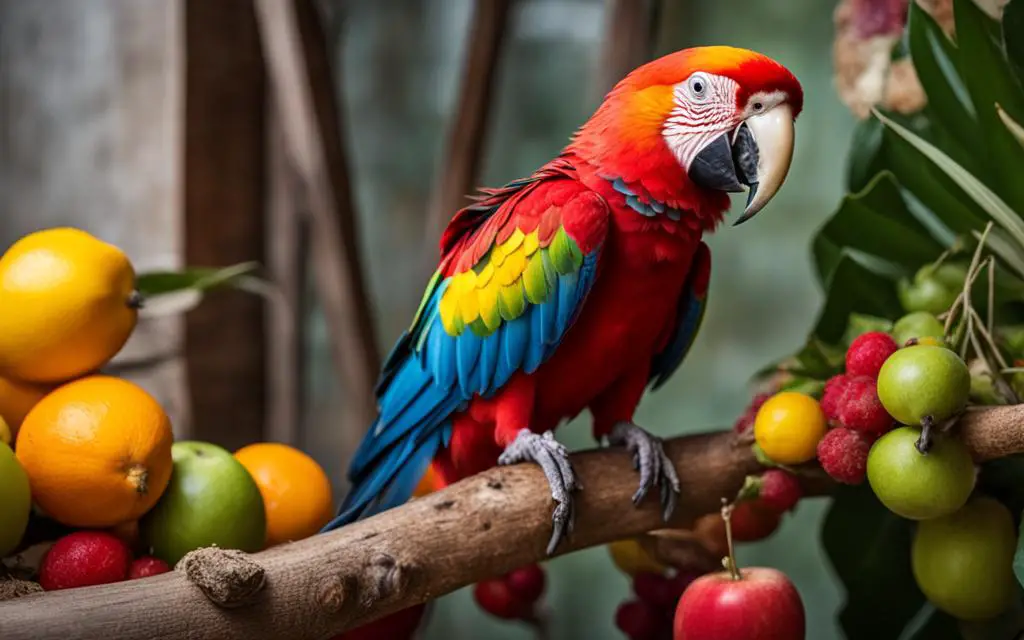
Celebrating Small Successes for Big Gains
When it comes to bird training, celebrating small successes is essential. Perhaps your bird has mastered a small aspect of a trick or responded positively to a command for the first time. Don’t wait for mastery of the full trick or behavior before providing positive reinforcement. Doing so could lead to your bird losing interest or motivation. Instead, reinforce each step towards the desired behavior. This approach, combined with patience and consistency, can lead to big gains in your bird’s behavior over time.
Clicker Training: A Method for Clear Communication
As a bird owner, you are always in search of effective methods for shaping behavior and establishing clear communication lines with your feathery buddy. The solution lies in learning about and applying superior bird training methods. One such method that has gained significant traction is clicker training.
Clicker training has proven to be a bridge to clear communication, contributing to stronger bonds between bird and human while providing substantial mental stimulation. Let’s delve into the details of the powerful tool that is clicker training.
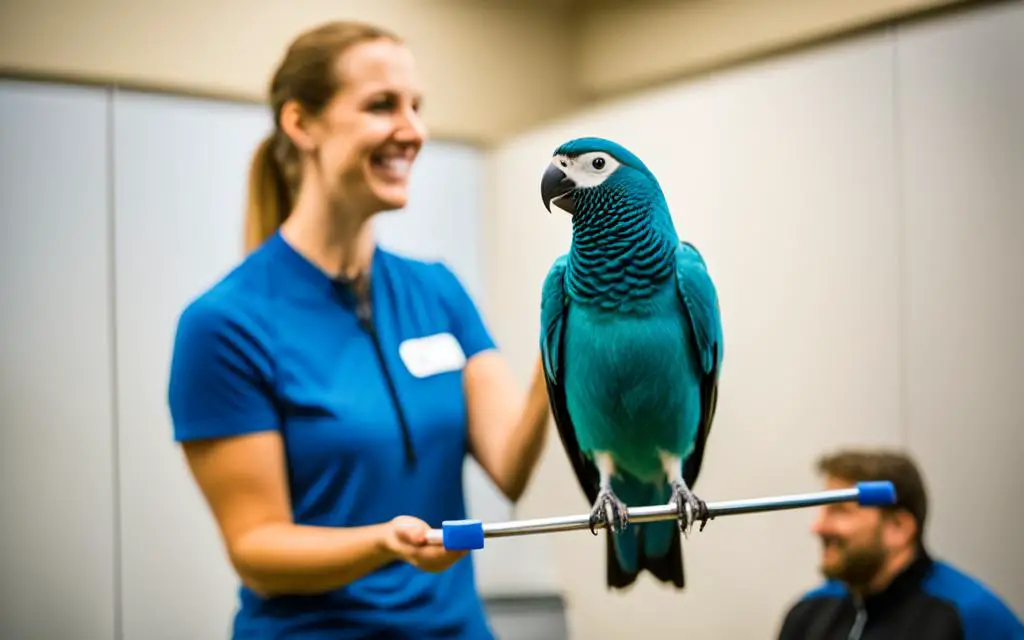
Basics of Clicker Training for Birds
At its core, clicker training is a system of positive reinforcement. The ‘clicker’ is a small device that when pressed, produces a ‘click’ sound. This sound effectively becomes a signal for the bird, indicating that it has performed an acceptable action. In no time, your bird associates the ‘click’ with a reward, establishing a potent reinforcement loop.
Timing and Consistency in Clicker Training
Like any other training method, timing and consistency are the keys to success in clicker training. You should ‘click’ the instant your bird performs the desired behavior and follow immediately with a reward. This instills in the bird’s mind a definite cause-and-effect relationship. Consistency, as in frequent and regular training sessions, helps keep the bird engaged and expedites skill acquisition.
Advanced Clicker Training Techniques
Beyond the basic ‘click-and-reward’ technique, you can explore more advanced clicker training techniques. For instance, ‘shaping behavior,’ where complex tasks are broken down into smaller, manageable parts, can be handy. Each part is then reinforced, eventually leading to the bird learning the complete skill. These advanced techniques require a bit more diligence and patience but are incredibly effective in enhancing your bird’s mental stimulation and behavioral repertoire.
Target Training for Birds: Guiding Desired Behaviors
Playtime is more than just fun and games for your feathered friends. Beyond providing a source of entertainment, it serves as a form of mental stimulation that could be enhanced into a training session. This is where target training proves to be a beneficial tool.
Target training, a technique primarily based on positive reinforcement, helps guide your bird’s behavior toward a specific outcome. It is an effective way of teaching birds various tasks and tricks, stimulating their intellectual capacity while making playtime a productive experience.
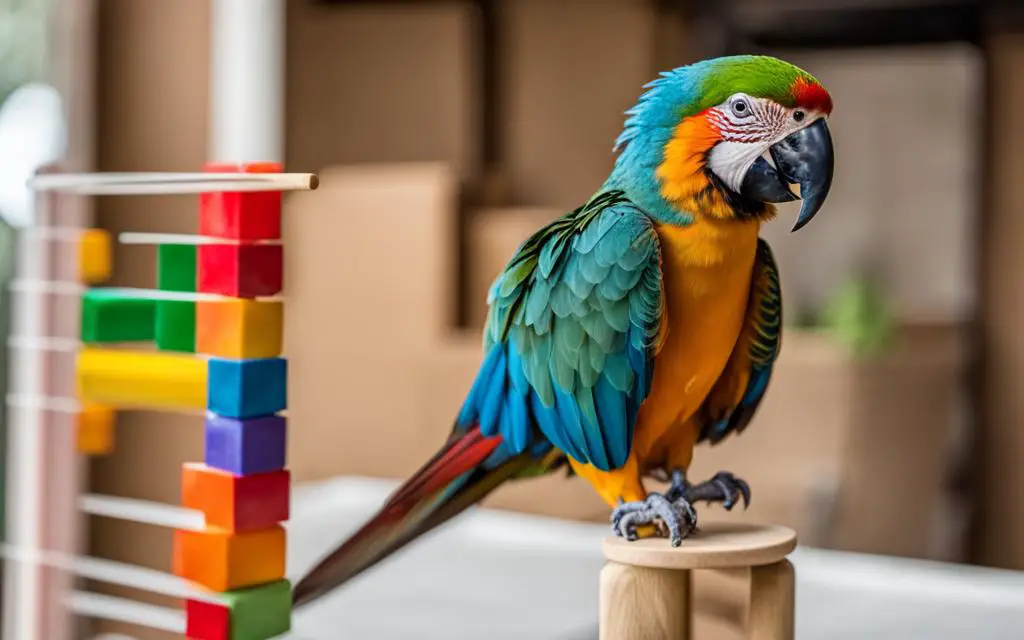
Let’s break down how it works. The goal of target training is to help your bird associate a specific behavior with a reward. For example, you might use a stick as a target. When the bird touches the stick, it gets a treat immediately as a reward. The bird quickly learns that touching the stick brings good things – seeds, toys, or even just a good scratch!
Apart from the entertainment it provides during playtime, the mental stimulation this form of training offers can’t be understated. Birds are intelligent creatures with a considerable capacity for learning, and engaging them with these stimulating activities keeps them both happy and healthy.
Crafting a Bird-Safe Environment for Enrichment
Nurturing your bird’s health and happiness goes beyond regular meals and training. It also encompasses the overall environment they live in. By creating a bird-safe environment rich with toys and foraging activities, you take an active role in boosting their mental and physical activity.
Enrichment-based surroundings not only stimulate their interest but boosts their overall quality of life. They perform the dual function of recreation and learning. The right forms of enrichment can contribute significantly towards maintaining their wellbeing and rectifying any behavioral issues.
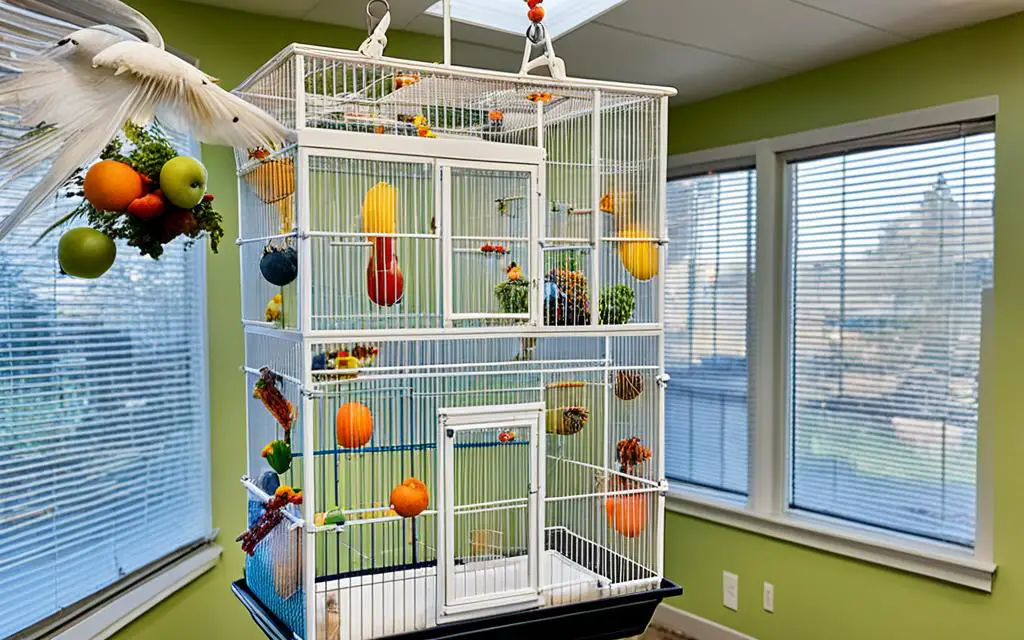
When creating a bird-safe environment, it’s crucial to mind the types of toys you introduce. The playthings should be safe and engaging. Various bird toys are available in the market, designed to stimulate the bird’s natural instincts. Incorporating them can promote healthy activities like climbing, chewing or foraging.
Foraging constitutes a central part of bird activity in the wild. By infusing foraging play in their setting, you replicate their natural activity, rousing their interest as they set about finding treats hidden in toys or foraging boxes.
Creating an environment conducive to your bird’s growth and learning facilitates the development of desired behaviors and reduces the need for more rigid disciplinary actions. It sets the stage for positive ownership, where your bird can thrive emotionally and physically.
Common Mistakes in Bird Discipline to Avoid
Disciplining your bird is not about punishment but rather about guiding positive behavior in a way that’s respectful and patient. Unfortunately, some bird owners fall into common pitfalls that can get in the way of effective bird discipline. This section will explore these mistakes, helping you avoid them and foster a healthier relationship with your feathered friend.
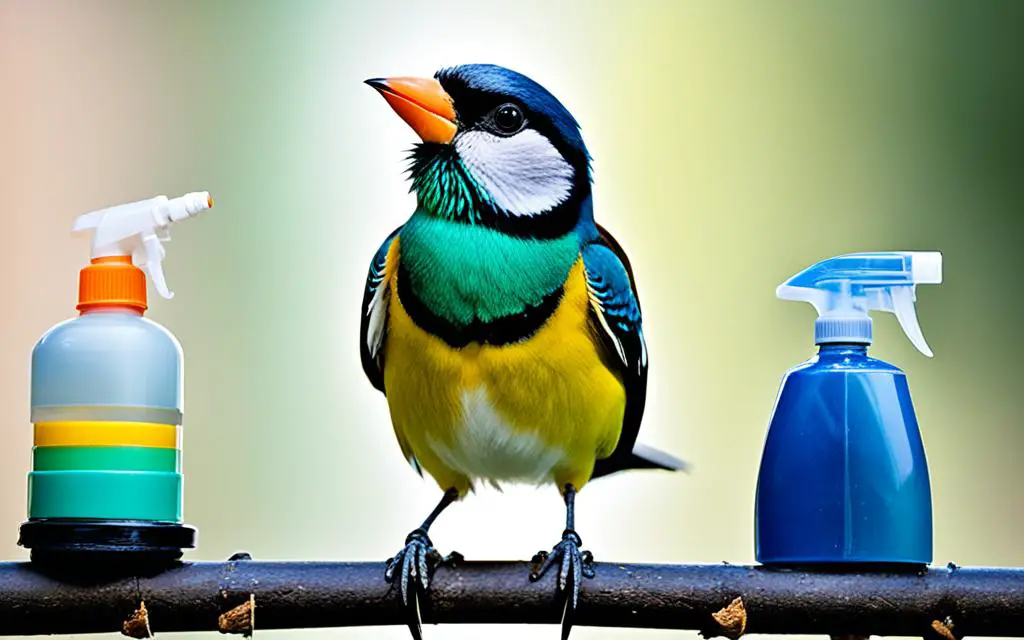
Avoiding Punishment That Can Harm Your Bird
One common mistake involves resorting to punitive measures as a form of discipline. This approach tends not to be productive as birds respond more positively to reinforcement-based methods. Rather than punishing your bird, redirect its behavior towards something more acceptable while showering it with praises when it does right. Averting punishment fosters a stress-free environment, enabling your bird to thrive behaviorally and emotionally.
Proper Ways to Discipline Your Pet Bird: What Not to Do
Many bird owners fail to recognize the importance of their own behavior in the discipline process. An impatient demeanor often stirs stress and mistrust in birds, hindering the effective enforcement of discipline. Understanding that birds need time to unlearn their bad habits and to adopt new ones is crucial. Treating your bird with respect, learning its preferences, responding to its concerns, and catering to its needs with kindness can go a long way towards fostering healthy behavior in your bird.
Miscommunication: Reading Bird Body Language
One of the challenges of bird ownership is understanding bird communication. Miscommunication can lead to overreacting, underreacting, or misapplying disciplinary measures. Learning to interpret bird body language accurately helps avoid these issues. When your bird is uncomfortable or scared, it may react aggressively or retreat, giving useful cues to you about its stress levels. Recognizing these cues on time aids in avoiding potential catastrophes and ensuring that your bird lives stress-free.
| Mistake | Impact | Solution |
|---|---|---|
| Punishment | Creates fear, discourages learning | Ensure discipline is centered around positive reinforcement |
| Impatience | Provokes stress, harms trust | Be patient, understanding, and kind |
| Miscommunication | Leads to improper disciplinary measures | Learn to accurately interpret bird body language |
In conclusion, discipline is critical to ensuring that your bird lives comfortably and happily with you. Avoid these common disciplinary mistakes and embrace patience, positive reinforcement, and respect in your methods. This way, you will foster a better understanding between you and your bird, making your bird-owning experience a more fulfilling and enriching one.
Creating a Reward System for Your Bird
In our venture to maintain a harmonious relationship with our avian friends, a well-thought-out reward system plays a pivotal role. This system can cater to the specific preferences and needs of different bird species, enhancing its effectiveness and relevance.
Setting up the reward system requires an understanding of our bird’s interests. In general, the straightforward method employs a blend of treats, clicker sounds, and praise. The combined use of these elements acts as a bird-friendly language that nurtures a positive relationship between you and your pet bird.
Shaping behavior through this reward system can be seen as similar to building blocks. It is a step-by-step process and progress may not be immediate, but with patient application of positive reinforcement, you will guide your bird towards good behavior. The key is to remain constant in associating good actions with rewards, and over time, your bird will adopt the behaviors that earn those rewards.
Remember, our goal is not to control our bird’s every action but to nurture a content, well-behaved companion. The ultimate measure of success is not only a bird that acts well but is also happy and feels safe with its owners.
FAQ
What are some proper ways to discipline your pet bird?
Instead of punishing your pet bird, focus on positive reinforcement and guiding desirable behavior. Establish a reward system that encourages good behavior, with trust-building and effective bird communication being at the forefront of this effort.
Why is understanding bird behavior crucial for effective discipline?
Understanding bird behavior can help us guide their actions more effectively and prevent behavioral issues. Knowing what drives their behavior aids in problem-solving and helps identify their needs and preferences, creating healthier, happier pets.
How can I build a trusting relationship with my bird?
Bonding with your bird, understanding their communication cues, and responding appropriately to their body language are the key steps towards building a foundation of trust.
What is positive reinforcement in bird training?
Positive reinforcement in bird training involves rewarding your bird for desirable behavior, making that behavior more likely to occur in the future. This method emphasizes treats, praise, or other rewards instead of punishment and promotes mutual respect between you and your bird.
How does clicker training work with birds?
Clicker training is a clear and consistent method for communicating with your bird. The clicker sound serves as a signal to your bird that a reward is coming, making it easier for them to associate the action they just performed with the reward, hence fostering a particular behavior.
What is target training for birds?
Target training is a method that uses positive reinforcement to guide desired behaviors. It provides mental stimulation while allowing birds to engage in playful activities and learn various tasks effectively.
How can I make my bird’s environment safe and enriching?
Creating a bird-safe environment involves providing suitable toys, encouraging foraging activities, and implementing additional enrichment strategies. These measures ensure your bird enjoys a stimulating and safe living space, promoting their wellbeing and reducing behavioral issues.
What are common mistakes in bird discipline to avoid?
Some common mistakes in bird discipline include resorting to punishment, stressing out the bird, or failing to consistently apply rules. Miscommunication and misunderstanding bird body language can also lead to discipline issues. Patience, respect, and understanding are key in avoiding these pitfalls.
How do I create an effective reward system for my bird?
A successful reward system considers the species-specific needs of birds. Use a combination of treats, praises, and clicker signals along with consistent behavior shaping to create an effective system of positive reinforcement.

My name is Shane Warren, the author behind Your Bird Buddy – your ultimate guide to the wonderful world of birds! Unleash your inner avian explorer as we delve into a vibrant library of knowledge dedicated to all things feathered. From learning about diverse bird species from across the globe to understanding their captivating habitats and behaviors, I’m here to fuel your passion for these magnificent creatures. Not only that, but I also provide valuable insights on being a responsible and informed pet bird owner. Join our vibrant community and let’s celebrate the feathered wonders of the world together – one chirp at a time. And be sure to join our Your Bird Buddy Community over on Facebook!

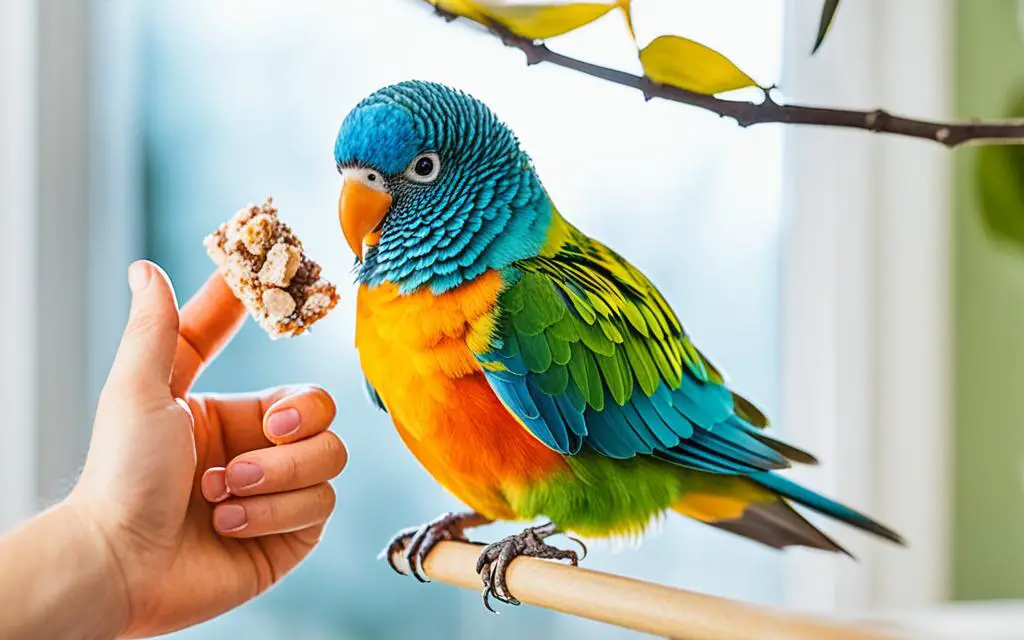
Comments are closed